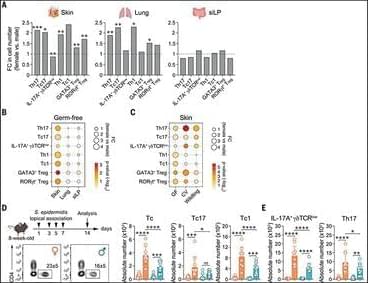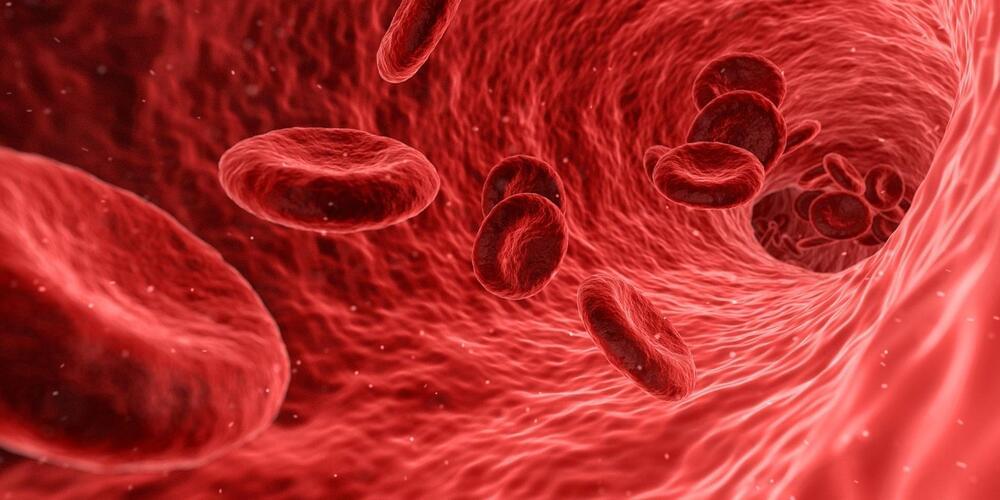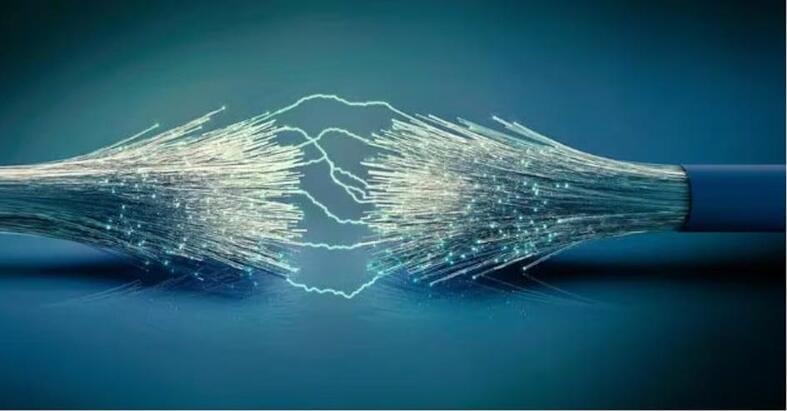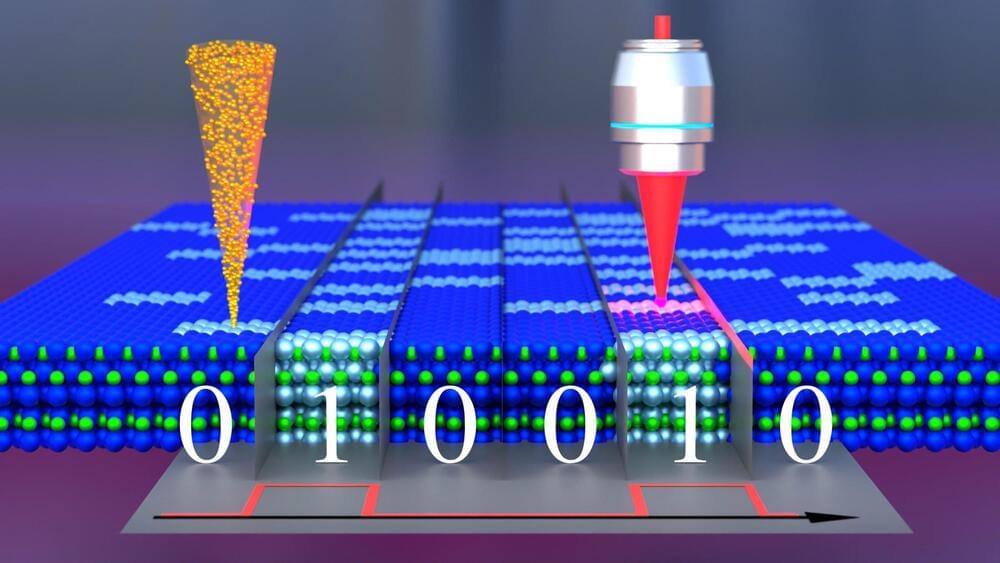Researchers have identified new variations in neuroblastoma that could lead to a more accurate prognosis and better-targeted treatments for this devastating childhood cancer.



For many of these individuals, the response to repotrectinib lasted for several years.
“Repotrectinib can lead to long-term responses for patients with ROS1 fusion–positive lung cancers, including those who have and have not received prior targeted therapy,” said Alexander Drilon, M.D., of Memorial Sloan Kettering Cancer Center, who led the TRIDENT-1 study.
Treatment with repotrectinib also shrank tumors that had spread to the brain, a common location for lung metastases, the researchers reported.


Researchers at Tel Aviv University (TAU) and the Leviev Cardiothoracic and Vascular Center at the Sheba Medical Center have found a mechanism responsible for increasing the risk of developing cancer among patients with heart disease: Small extracellular bubbles, or vesicles (sEVs), secreted from the sick heart to heal itself, are released into the bloodstream and promote the growth of cancer cells throughout the body.
Register for free to get subscriber-only benefits: https://closertotruth.com/If consciousness is 100% physical, we would have to conclude that the same kind…

When I was a kid, I went to a science camp, and one of the instructors showed us a few inches of fiber optic cable. I remember thinking it was so neat that you could light it up at one end, and no matter how you twisted the cable, you could see the light come out on the other end. At the time, I thought how useful it might be to send Morse code through it—I was very young. Things have changed a bit since then. Today, UK Aston University researchers sent data at a 301 terabits per second (Tbps) clip over existing fiber networks.
How fast is that? It’s about 1.2 million times faster than the US’ medium fixed broadband speed of 242.48 megabits per second (Mbps). Or, it’s fast enough to deliver 1,800 4K movies to your home in a second. And I thought my recent home internet fiber upgrade to 2 Gigabits per second (Gbps) was impressive!Of course, no one will get 301 Tbps speeds in their home office. In the real world, I know a handful of people with 10 Gbps connections to their houses and many data centers with 40 Gbps local area networks.

Team presents new path to long-term data storage based on atomic-scale defects.
With the development of the internet, social media, and cloud computing, the amount of data created worldwide on a daily basis is skyrocketing. This calls for new technologies that could provide higher storage densities combined with secure long-term data archiving far beyond the capabilities of traditional data storage devices. An international research team led by the Helmholtz-Zentrum Dresden-Rossendorf (HZDR) now proposes a new concept of long-term data storage based on atomic-scale defects in silicon carbide, a semiconducting material. These defects are created by a focused ion beam, providing high spatial resolution, fast writing speed, and low energy for storing a single bit, as the team reports in the journal Advanced Functional Materials.
Latest estimates assume around 330 million terabytes of new data created each day, with 90 percent of the world’s data generated in the last two years alone. If the sheer numbers already suggest the need of advanced data storage technologies, it is by no means the only problem associated to this development. “The limited storage time of current storage media requires data migration within several years to avoid any data loss. Besides of being trapped in perpetual data migration procedures, this substantially increases the energy consumption, because a significant amount of energy is consumed in the process,” says Dr. Georgy Astakhov from the Institute of Ion Beam Physics and Materials Research at HZDR.



GMA provides economic and litigation support to companies and U.S. government agencies, including the U.S. Department of Justice, bringing civil litigation. According to its data breach notice, GMA told affected individuals that their personal information “was obtained by the U.S. Department of Justice (“DOJ”) as part of a civil litigation matter” supported by GMA.
The reasons and target of the DOJ’s civil litigation are not known. A spokesperson for the Justice Department did not respond to a request for comment.
GMA said that individuals notified of the data breach are “not the subject of this investigation or the associated litigation matters,” and that the cyberattack “does not impact your current Medicare benefits or coverage.”